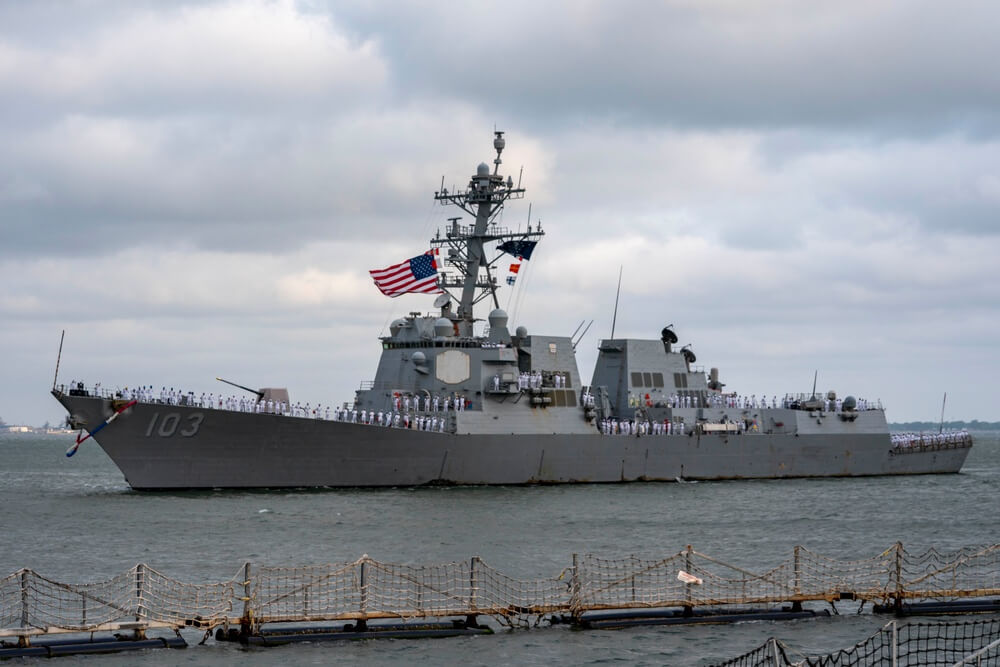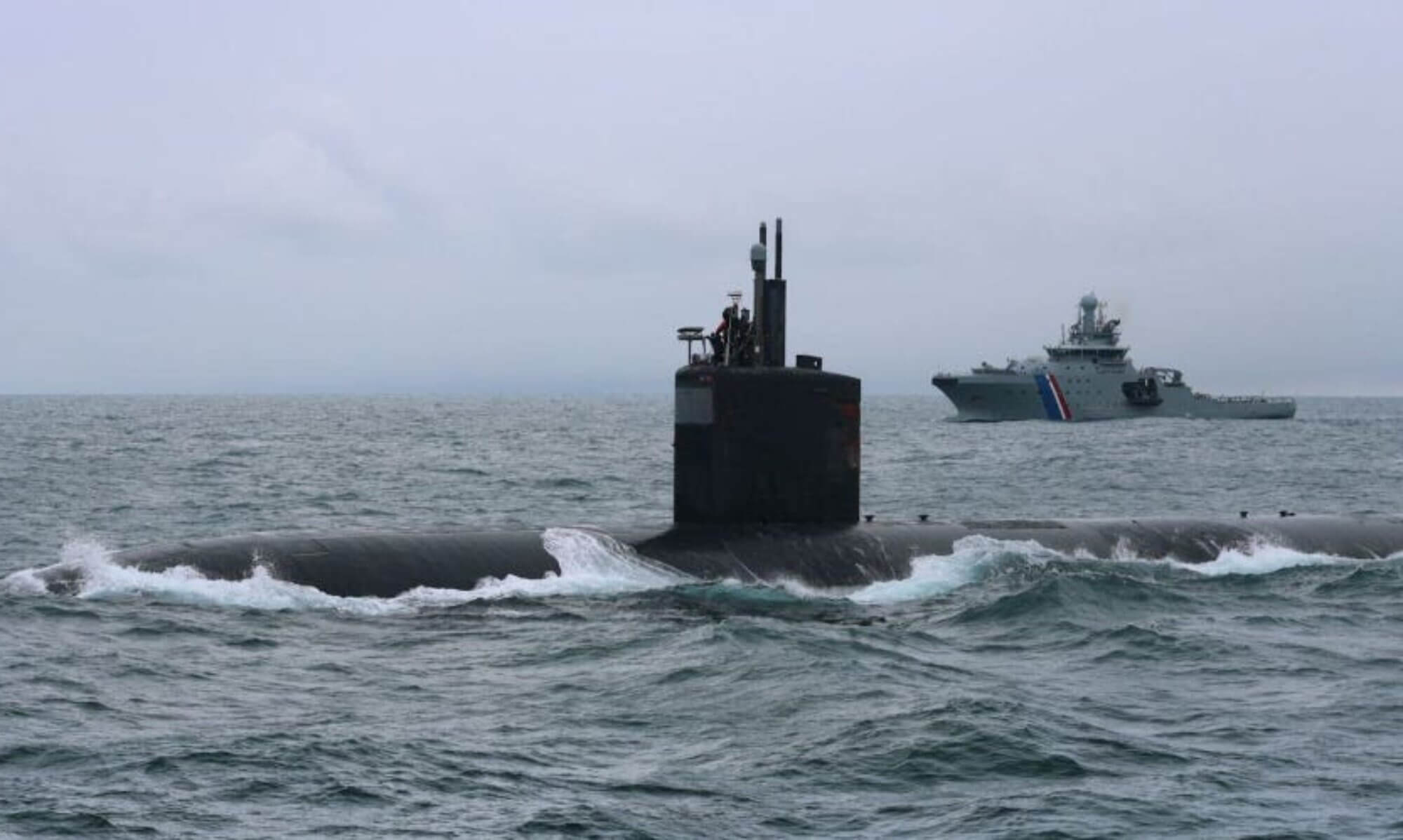
In a display of strategic posturing, the U.S. Navy has deployed warships and aircraft to monitor a Russian naval flotilla that sailed less than 30 miles off South Florida’s coast on Tuesday. This activity, as reported by U.S. officials to McClatchy and the Miami Herald, underscores the ongoing maritime chess game between global powers.
Background:
Last week, Moscow dispatched three ships and a nuclear-powered submarine to the Caribbean for a series of military air and naval exercises—the first of their kind in at least five years. These exercises commenced on Tuesday in the Atlantic, involving hypersonic-capable frigates and nuclear-capable submarines simulating strikes on enemy ships. Despite the potential for high tension, the U.S. intelligence community has assessed that none of the Russian vessels are carrying nuclear weapons.
US Response:
In response, the Biden administration has authorized the deployment of three powerful guided-missile destroyers (DDGs)—USS Truxtun (DDG-103), USS Donald Cook (DDG-75), and USS Delbert D. Black (DDG-119)—alongside the Coast Guard cutter Stone and a Boeing P-8 maritime patrol aircraft to the region. “In accordance with standard procedures, we’ve been actively monitoring the Russian ships as they transit the Atlantic Ocean within international waters,” a U.S. Northern Command official stated. The U.S. Navy’s vigilance aims to ensure the defense of the United States and Canada, although the current Russian deployments pose no direct threat.
Analysis:
While the U.S. administration has expressed no significant concern over the Russian activities, the strategic significance of these maneuvers cannot be understated. The proximity of the Russian vessels to U.S. shores, combined with the geopolitical context, highlights the importance of maintaining robust defensive and monitoring capabilities. These naval activities, while routine, carry implications for national security and underscore the need for continuous vigilance.
Expert Insights:
Naval experts emphasize that such maneuvers, while not unprecedented, require careful monitoring to avoid misunderstandings and potential escalations. “The presence of advanced military technology and strategic assets near our coastlines necessitates a proactive and measured response,” one expert noted. The broader geopolitical implications, including impacts on U.S.-Russia relations, must also be considered.
Global Deployments:
The maritime environment remains active with other naval forces, including the Royal Canadian Navy’s HMCS Margaret Brooke and the Venezuelan training ship AB Simón Bolívar. Additionally, U.S. officials anticipate possible Russian port calls in Venezuela and wider global exercises by Russia, extending from the Caribbean to the South Pacific.
Conclusion:
As these naval maneuvers unfold, it is crucial to recognize their routine nature while remaining alert to their strategic significance. The advanced technologies and modern strategies at play highlight the importance of transparency and communication in preventing escalation. Americans for a Stronger Navy urges readers to stay informed and engaged with developments in naval activities, understanding their broader implications for national and global security.
Stay connected with Americans for a Stronger Navy for updates and insights into how these events shape our maritime strategy and security.

